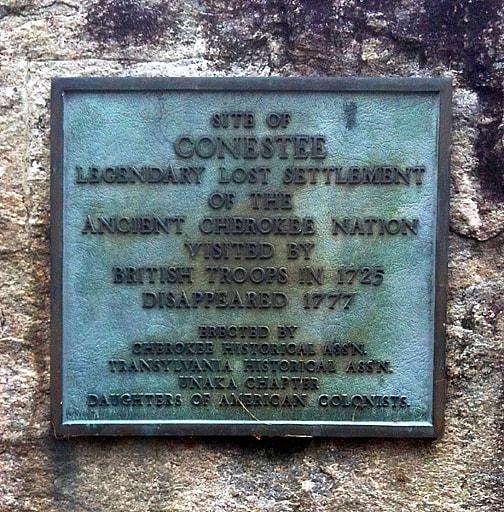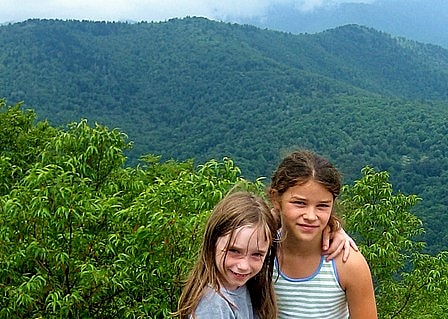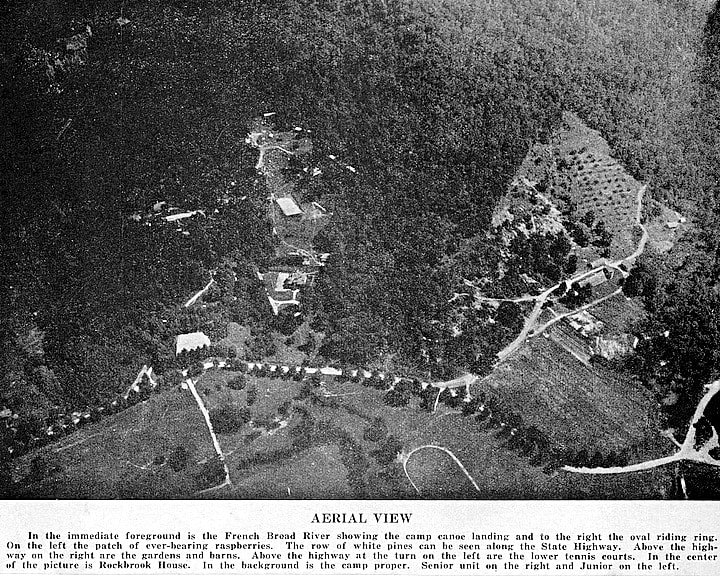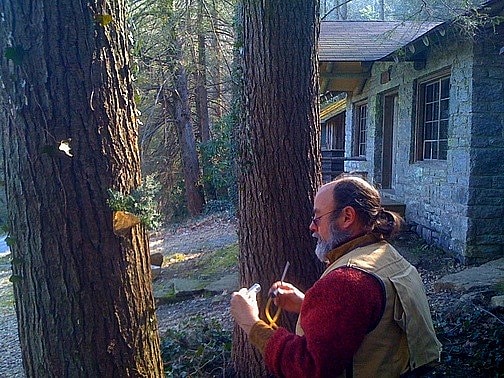If you’ve been to Rockbrook you know how it’s located in an amazing place— tucked between two prominent rock faces, surrounded by forest on three sides and bordering the valley formed by the French Broad river on the fourth. Add to that the two freshwater creeks, two waterfalls, and the two caves, you begin to understand how unique it really is.
But did you know that Rockbrook was also the site of a Cherokee settlement? That’s right; a Native American town called Kana’sta was located right near camp. This photo is a marker telling a bit about it. The plaque says:
Site of CONESTEE, Legendary Lost Settlement of the Ancient Cherokee Nation. Visited by British Troops in 1725. Disappeared 1777. Erected by Cherokee Historical Ass’n, Transylvania Historical Ass’n, Unaka Chapter, Daughters of American Colonists.
There is also a Cherokee story telling of the Kana’sta settlement leaving its town to go and live with another Cherokee group. Two visitors arrive one day and offer to let the Kana’sta people come and live in their town “where we are always happy.” It is a story of why the Kana’sta “disappeared.”
It’s so interesting to think about the rich history of this part of North Carolina. Long before European settlers arrived, a group of Cherokee recognized its special character and made it their home. Today, hundreds of years later, it is home to all of us at Rockbrook. Pretty cool.







